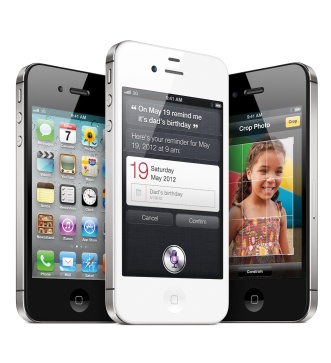ABI Research (http://www.abiresearch.com) has determined that the cellular handset market shipped 353.5 million handsets in the first quarter of 2012 (Q1 2012), which represents a -3.8% year-over-year and -16.5% sequential drop in shipments.
The smartphone market delivered 142 million shipments in Q1 for a 38% year-over-year gain and a -8.1% sequential decline. Apple’s 35.1 million shipments were supported by APAC — the part of the world in or near the Western Pacific Ocean, including at least much of East Asia, Southeast Asia, and Oceania — while Samsung’s 83.4 million displaced Nokia from the top position that it has held for over a decade.
“Despite the rush of original equipment manufacturers [OEMs] to win in APAC’s low cost environment, many OEMs may find that their Apple problem still has not been resolved,” says Michael Morgan, senior analyst, mobile devices, ABI Research. “Apple claims that it is still learning about emerging markets, yet it continues to sell $1000 handsets at an alarming rate.”
Aside from Apple, handsets OEMs that are not based in APAC such as RIM (11.1 M) and Nokia (82.7 M) are quickly losing ground to their APAC based competitors as companies such as ZTE and Huawei continue to move up the value chain on both their home turf and abroad. Even LG (13.7 M) has managed to crawl its way back to profitability.
“Apple and Samsung have continued to dominate the NA market and the rest are quickly looking to China and APAC as their best chance to capture market share,” says Morgan.
HTC (7.9 M) has admitted that it will be looking towards China for future growth and will be developing its own custom application processors for the low cost smartphones that are expected to drive this market. Sony Ericsson (7.3 M) will now be taking its orders from APAC as it has been absorbed into Sony, with their focus on APAC markets expected to follow soon.
“Despite the rush of OEMs to win in APAC’s low cost environment, many OEMs may find that their Apple problem still has not been resolved. Apple claims that it is still learning about emerging markets, yet it continues to sell $1000 handsets at an alarming rate,” adds Kevin Burden, vice president, mobile devices, ABI Research.

